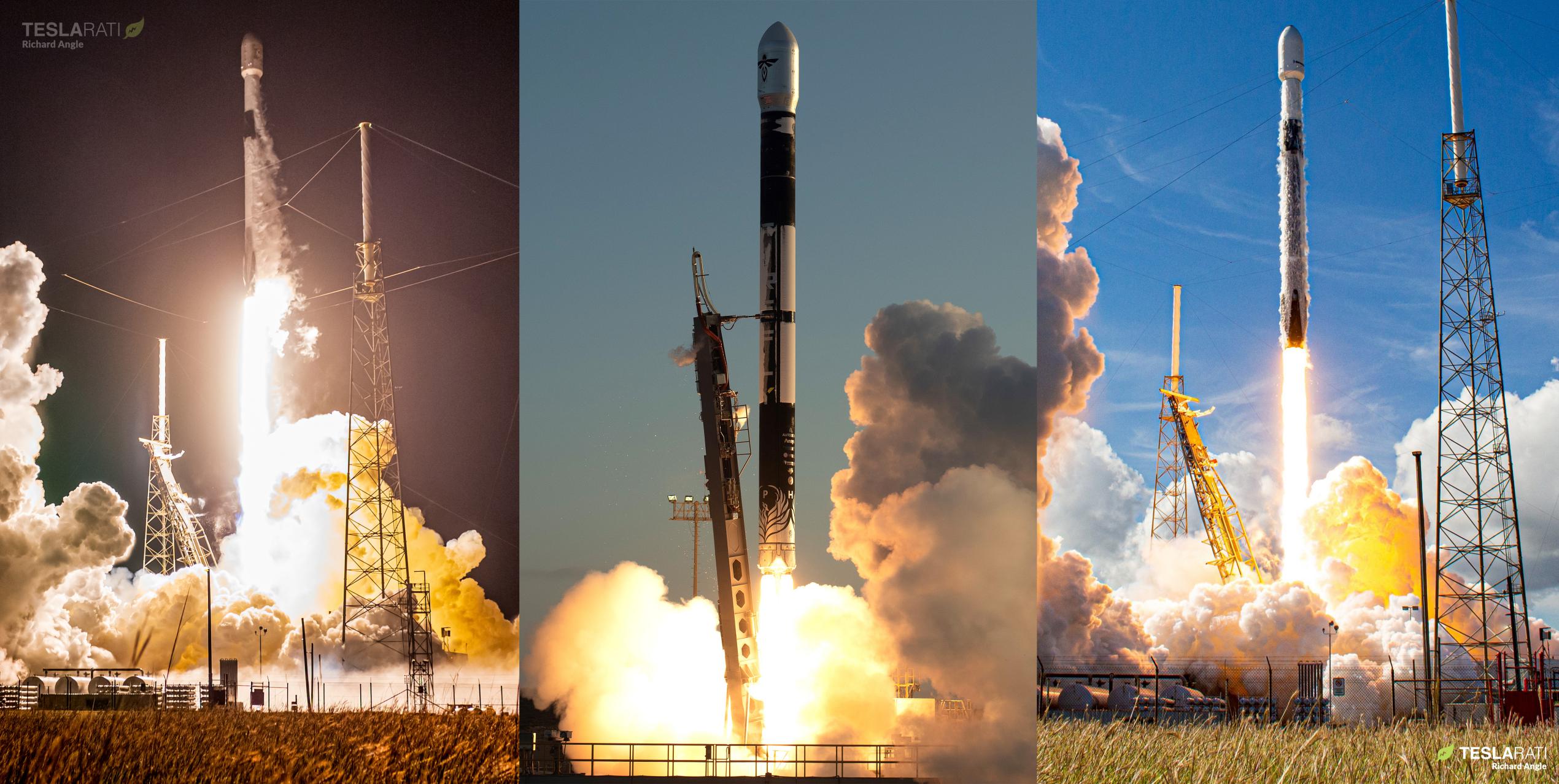
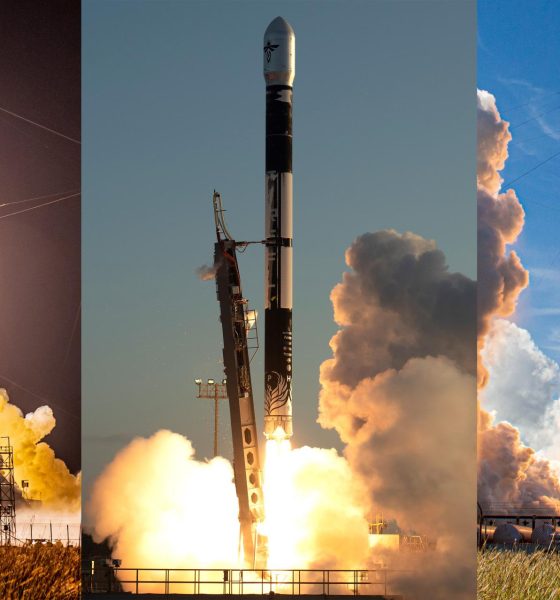
News
SpaceX, Firefly Aerospace targeting three rocket launches in two days
Update: As is a common occurrence in spaceflight, two of the three planned missions have been delayed or scrubbed. Firefly’s second Alpha launch has slipped to no earlier than (NET) September 12th after an aborted attempt on the 11th, and SpaceX’s Starlink 4-34 mission was pushed from September 11th to September 13th.
SpaceX and Firefly Aerospace are on track to attempt three orbital launches this weekend as the former continues to relentlessly assemble a constellation of Starlink internet satellites and the latter works to secure its first success.
On the heels of 40 successful Falcon 9 launches this year, SpaceX is a few days away from two more Starlink missions that will likely leave the company with more than 3000 working satellites in orbit.
Founded in 2017, 15 years after SpaceX, Firefly Aerospace is almost entirely focused on one near-term goal: the first successful launch of its Alpha rocket.
Firefly’s Alpha rocket lifted off for the first time on September 2nd, 2021. Just moments after launch, a faulty cable caused one of the Alpha first stage’s four Reaver engines to shut down, immediately dooming the attempt. The rocket inexplicably persevered, though, and managed more than two minutes of powered flight before it lost control, became a range safety risk, and was terminated.
More than a year later, Firefly believes it has solved the problems that doomed Alpha Flight 1 and is on the cusp of the rocket’s second launch attempt, which has been scheduled no earlier than (NET) 3pm PST (22:00 UTC) on Sunday, September 11th.
Recently, the second fully stacked Alpha rocket completed a wet dress rehearsal and static fire while installed on Firefly’s Vandenberg Space Force Base (VSFB) SLC-2W pad, confirming its readiness for flight. Measuring 1.8 meters (6 ft) wide and 29.5 meters (~95 ft) tall, Alpha is about half the width and height of SpaceX’s Falcon 9 workhorse, and Firefly estimates that the expendable rocket will be able to launch up to 1.17 tons (~2560 lb) to Low Earth Orbit (LEO).
That’s several times more performance per launch than competitors like Rocket Lab, Astra Space, and Virgin Orbit, but 14 times less than a partially reusable Falcon 9. At $15 million apiece, however, the rocket’s list price will be 4.5 times less than Falcon 9’s, which could be enough to create a niche for customers that want to spend a bit more to send smaller satellites exactly where they want instead of getting dropped off in the general vicinity as a rideshare payload.
Demonstrating an impressive level of transparency, Firefly will offer a public livestream of Alpha’s second flight in full awareness that it could ultimately broadcast a launch failure for the second time in a row. There are very few instances in the history of spaceflight where a new group’s new rocket successfully reached orbit on its first launch, so it’s a credit to the startup to acknowledge the reality that launch failures are a common extension of the development process, rather than something to hide from the public.

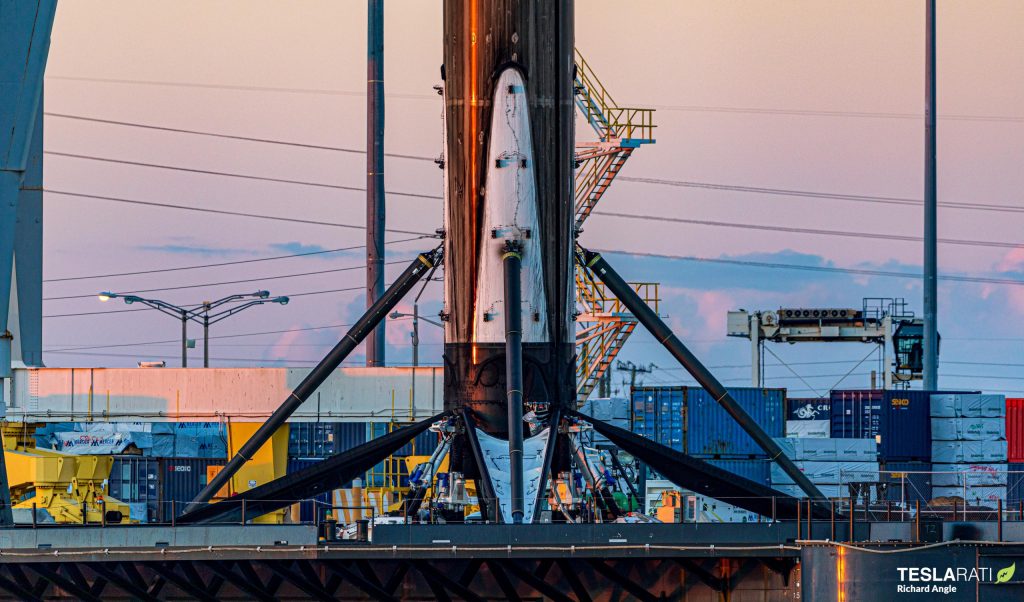
SpaceX knows that reality well. Falcon 1, its first rocket, was about half the size of Firefly’s Alpha and suffered three launch failures in two and half years before finally succeeding on its fourth attempt. More than a magnitude larger, Falcon 9 likely benefitted from SpaceX’s Falcon 1 experience and had a much smoother start to life, though it did eventually experience its own share of failures years after its 2010 debut.
12 years later, Falcon 9 is one of the most successful launch vehicles of all time, and has simultaneously pioneered the commercially viable reuse of orbital-class rockets. Currently on a historic pace of one launch every ~6.2 days in 2022, Falcon 9 recently completed its 146th successful launch in a row and 173rd successful launch overall.
Hopefully continuing those trends, Next Spaceflight reports that Falcon 9 is scheduled to launch two more batches of Starlink satellites at 9:10 pm EDT on Saturday, September 10th, and 10:53 pm EDT on Sunday, September 11th. In addition to several dozen Starlink satellites, the first mission – Starlink 4-2 – is expected to carry a relatively large 1.5-ton (~3300 lb) satellite prototype for space-to-phone communications startup AST SpaceMobile. The second mission, known as Starlink 4-34, should be a dedicated launch of another 53 or 54 Starlink satellites.

News
Ford cancels all-electric F-150 Lightning, announces $19.5 billion in charges
“Rather than spending billions more on large EVs that now have no path to profitability, we are allocating that money into higher returning areas, more trucks and van hybrids, extended range electric vehicles, affordable EVs, and entirely new opportunities like energy storage.”
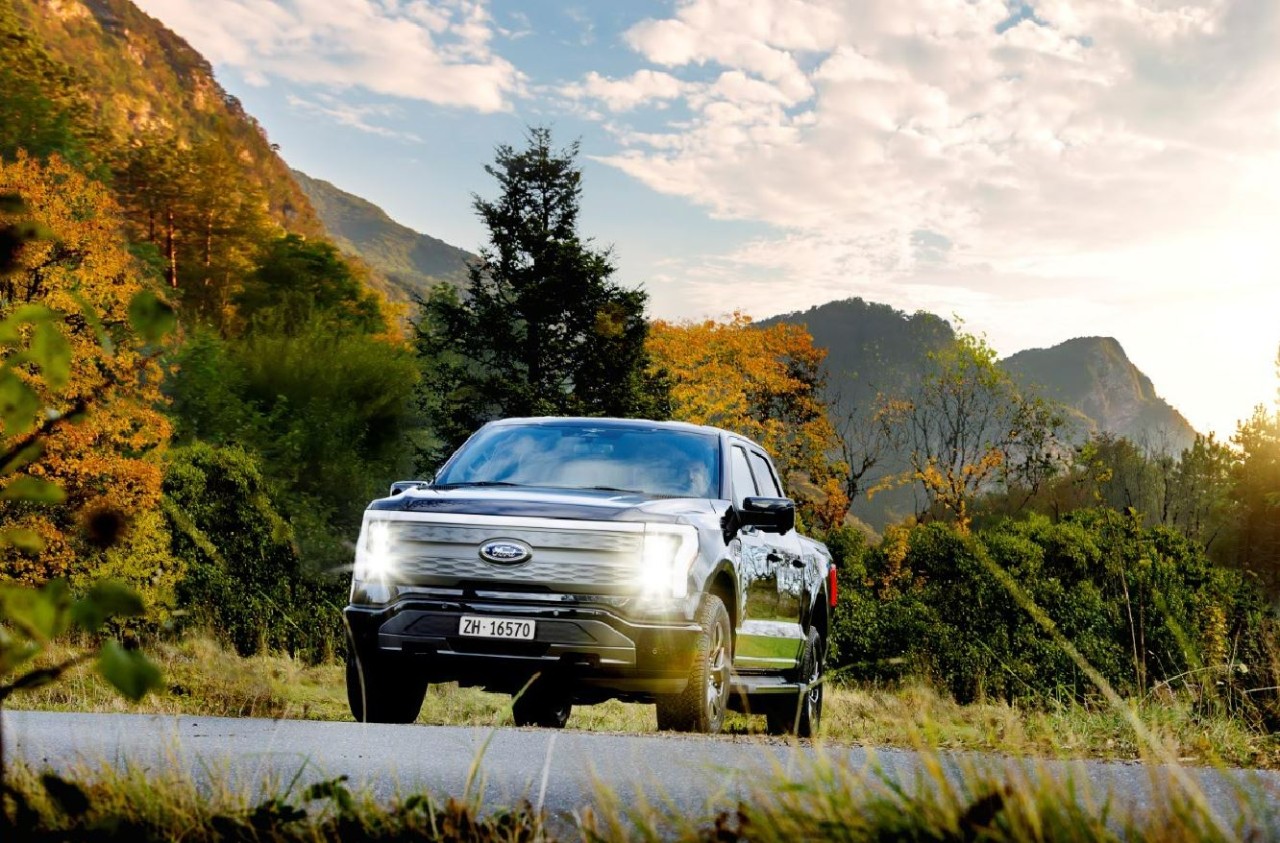
Ford is canceling the all-electric F-150 Lightning and also announced it would take a $19.5 billion charge as it aims to quickly restructure its strategy regarding electrification efforts, a massive blow for the Detroit-based company that was once one of the most gung-ho on transitioning to EVs.
The announcement comes as the writing on the wall seemed to get bolder and more identifiable. Ford was bleeding money in EVs and, although it had a lot of success with the all-electric Lightning, it is aiming to push its efforts elsewhere.
It will also restructure its entire strategy on EVs, and the Lightning is not the only vehicle getting the boot. The T3 pickup, a long-awaited vehicle that was developed in part of a skunkworks program, is also no longer in the company’s plans.
Instead of continuing on with its large EVs, it will now shift its focus to hybrids and “extended-range EVs,” which will have an onboard gasoline engine to increase traveling distance, according to the Wall Street Journal.
“Ford no longer plans to produce select larger electric vehicles where the business case has eroded due to lower-than-expected demand, high costs, and regulatory changes,” the company said in a statement.
🚨 Ford has announced it is discontinuing production of the F-150 Lightning, as it plans to report a charge of $19.5 billion in special items.
The Lightning will still be produced, but instead with a gas generator that will give it over 700 miles of range.
“Ford no longer… pic.twitter.com/ZttZ66SDHL
— TESLARATI (@Teslarati) December 15, 2025
While unfortunate, especially because the Lightning was a fantastic electric truck, Ford is ultimately a business, and a business needs to make money.
Ford has lost $13 billion on its EV business since 2023, and company executives are more than aware that they gave it plenty of time to flourish.
Andrew Frick, President of Ford, said:
“Rather than spending billions more on large EVs that now have no path to profitability, we are allocating that money into higher returning areas, more trucks and van hybrids, extended range electric vehicles, affordable EVs, and entirely new opportunities like energy storage.”
CEO Jim Farley also commented on the decision:
“Instead of plowing billions into the future knowing these large EVs will never make money, we are pivoting.”
Farley also said that the company now knows enough about the U.S. market “where we have a lot more certainty in this second inning.”
News
SpaceX shades airline for seeking contract with Amazon’s Starlink rival

SpaceX employees, including its CEO Elon Musk, shaded American Airlines on social media this past weekend due to the company’s reported talks with Amazon’s Starlink rival, Leo.
Starlink has been adopted by several airlines, including United Airlines, Qatar Airways, Hawaiian Airlines, WestJet, Air France, airBaltic, and others. It has gained notoriety as an extremely solid, dependable, and reliable option for airline travel, as traditional options frequently cause users to lose connection to the internet.
Many airlines have made the switch, while others continue to mull the options available to them. American Airlines is one of them.
A report from Bloomberg indicates the airline is thinking of going with a Starlink rival owned by Amazon, called Leo. It was previously referred to as Project Kuiper.
American CEO Robert Isom said (via Bloomberg):
“While there’s Starlink, there are other low-Earth-orbit satellite opportunities that we can look at. We’re making sure that American is going to have what our customers need.”
Isom also said American has been in touch with Amazon about installing Leo on its aircraft, but he would not reveal the status of any discussions with the company.
The report caught the attention of Michael Nicolls, the Vice President of Starlink Engineering at SpaceX, who said:
“Only fly on airlines with good connectivity… and only one source of good connectivity at the moment…”
CEO Elon Musk replied to Nicolls by stating that American Airlines risks losing “a lot of customers if their connectivity solution fails.”
American Airlines will lose a lot of customers if their connectivity solution fails
— Elon Musk (@elonmusk) December 14, 2025
There are over 8,000 Starlink satellites in orbit currently, offering internet coverage in over 150 countries and territories globally. SpaceX expands its array of satellites nearly every week with launches from California and Florida, aiming to offer internet access to everyone across the globe.
Currently, the company is focusing on expanding into new markets, such as Africa and Asia.
News
Tesla Model Y Standard stuns in new range test, besting its Premium siblings
Tesla’s newer vehicles have continued to meet or exceed their EPA estimates. This is a drastic change, as every 2018-2023 model year Tesla that Edmunds assessed did not meet its range estimates.
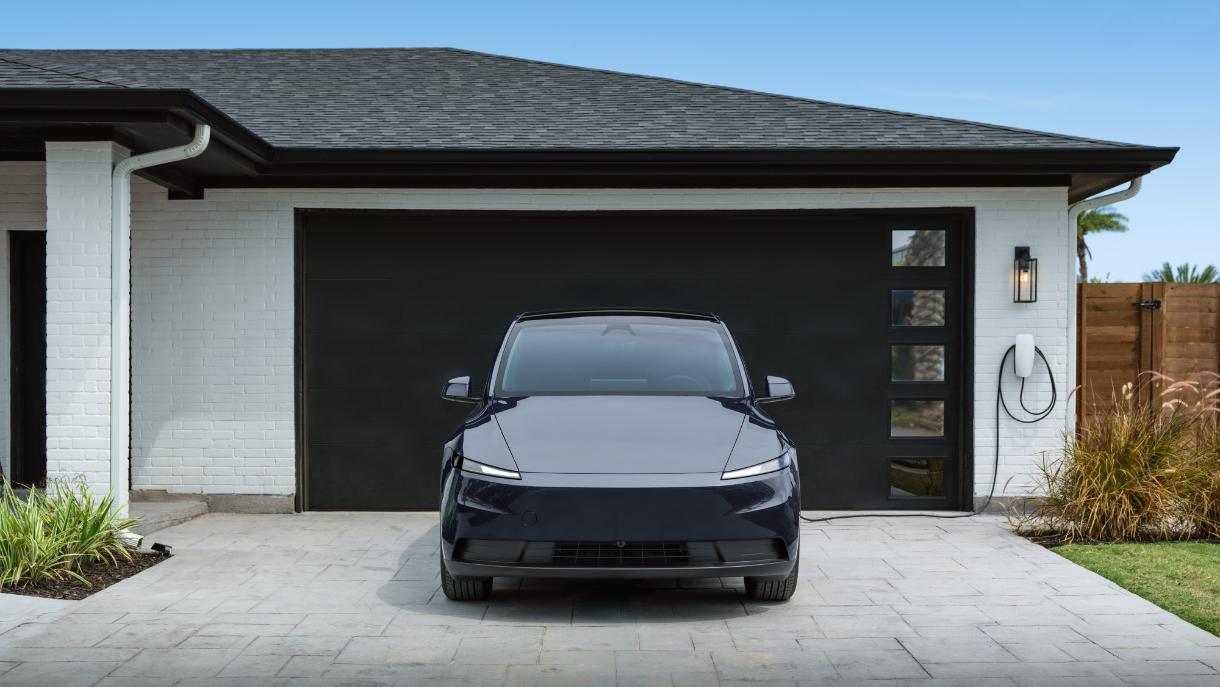
The Tesla Model Y Standard stunned in a new range test performed by automotive media outlet Edmunds, besting all of its Premium siblings that are more expensive and more luxurious in terms of features.
Testing showed the Model Y Standard exceeded its EPA-estimated range rating of 321 miles, as Edmunds said it is the “longest-range Model Y that we’ve ever put on our loop.” In the past, some vehicles have come up short in comparison with EPA ranges; for example, the Model Y’s previous generation vehicle had an EPA-estimated range of 330 miles, but only drove 310.
Additionally, the Launch Series Model Y, the first configuration to be built in the “Juniper” program, landed perfectly on the EPA’s range estimates at 327 miles.
It was also more efficient than Premium offerings, as it utilized just 22.8 kWh to go 100 miles. The Launch Series used 26.8 kWh to travel the same distance.
It is tested using Edmunds’ traditional EV range testing procedure, which follows a strict route of 60 percent city and 40 percent highway driving. The average speed throughout the trip is 40 MPH, and the car is required to stay within 5 MPH of all posted speed limits.
Each car is also put in its most efficient drive setting, and the climate is kept on auto at 72 degrees.
“All of this most accurately represents the real-world driving that owners do day to day,” the publication says.
With this procedure, testing is as consistent as it can get. Of course, there are other factors, like temperature and traffic density. However, one thing is important to note: Tesla’s newer vehicles have continued to meet or exceed their EPA estimates. This is a drastic change, as every 2018-2023 model year Tesla that Edmunds assessed did not meet its range estimates.
Tesla Model Y Standard vs. Tesla Model Y Premium
Tesla’s two Model Y levels both offer a great option for whichever fits your budget. However, when you sit in both cars, you will notice distinct differences between them.
The Premium definitely has a more luxurious feel, while the Standard is stripped of many of the more premium features, like Vegan Leather Interior, acoustic-lined glass, and a better sound system.
You can read our full review of the Model Y Standard below:
Tesla Model Y Standard Full Review: Is it worth the lower price?








